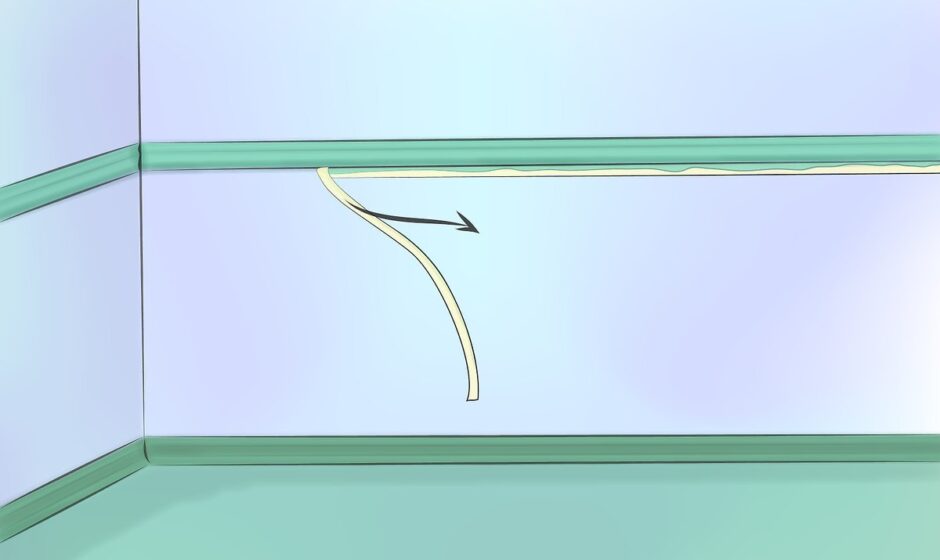Chair wall protectors, also known as wall protector pads, chair bumper guards, wall shields for chairs, chair rail protectors, or furniture wall protectors, serve a crucial role in preserving the integrity of your walls and furniture. These protective accessories are designed to prevent damage caused by chairs and other furniture items being moved or bumped against walls, particularly in high-traffic areas or spaces prone to frequent rearrangement.
Importance of Chair Wall Protectors
When it comes to maintaining the aesthetics and structural integrity of your home or workspace, investing in chair wall protectors is a wise decision. Here’s why:
- Prevention of Wall Damage: Without adequate protection, repeated impact from chairs can leave unsightly marks, scratches, or dents on your walls, requiring costly repairs or repainting.
- Protection for Furniture: Chair wall protectors not only safeguard your walls but also help prevent damage to the legs or bases of your chairs and other furniture pieces, prolonging their lifespan.
- Noise Reduction: In addition to preventing physical damage, these protectors can also dampen the sound produced when furniture comes into contact with walls, creating a quieter and more peaceful environment.
- Enhanced Safety: By cushioning the impact between furniture and walls, chair wall protectors reduce the risk of accidents or injuries, especially in households with children or elderly individuals.
Can Chair Wall Protectors be Painted Over?
One common question about chair wall protectors is whether they can be painted over to match the existing wall colour or décor scheme. The answer to this question largely depends on the type and material of the wall protector.
Paintable Chair Wall Protectors
Some chair wall protectors are specifically designed to be paintable, allowing you to customize them to blend seamlessly with your wall colour. These paintable protectors typically feature a smooth, primed surface that can be easily painted over using regular wall paint. Before proceeding with painting, it’s essential to check the product specifications provided by the manufacturer to ensure compatibility with painting materials and techniques.
Non-Paintable Chair Wall Protectors
On the other hand, certain chair wall protectors may not be suitable for painting due to their material composition or surface texture. These non-paintable protectors often feature a textured or non-absorbent surface that makes it challenging for paint to adhere properly. Attempting to paint over such protectors may result in poor adhesion, uneven coverage, or peeling paint, compromising both the accessory’s aesthetic appeal and protective function.
Considerations Before Painting
Before painting chair wall protectors, consider the following factors:
- Material Compatibility: Ensure that the paint you intend to use is compatible with the wall protector material. For example, if the protector is made of rubber or silicone, opt for a paint suitable for flexible surfaces.
- Surface Preparation: Properly clean and prepare the surface of the chair wall protector before painting to remove any dirt, grease, or debris that could affect paint adhesion.
- Priming: Applying a primer designed for the specific material of the protector can improve paint adhesion and ensure a smooth, long-lasting finish.
- Painting Technique: Use high-quality paint and apply multiple thin coats rather than a single thick coat to achieve an even and durable finish. Follow the manufacturer’s instructions regarding drying times and curing periods.
Conclusion
In conclusion, while some chair wall protectors are indeed paintable and offer the flexibility to match your wall colour or décor, it’s essential to verify compatibility and follow proper painting techniques to ensure satisfactory results. Whether you opt for paintable or non-paintable protectors, investing in these accessories is a prudent choice to safeguard your walls and furniture against damage while enhancing the overall safety and aesthetics of your space.




